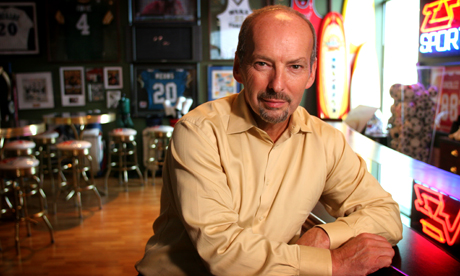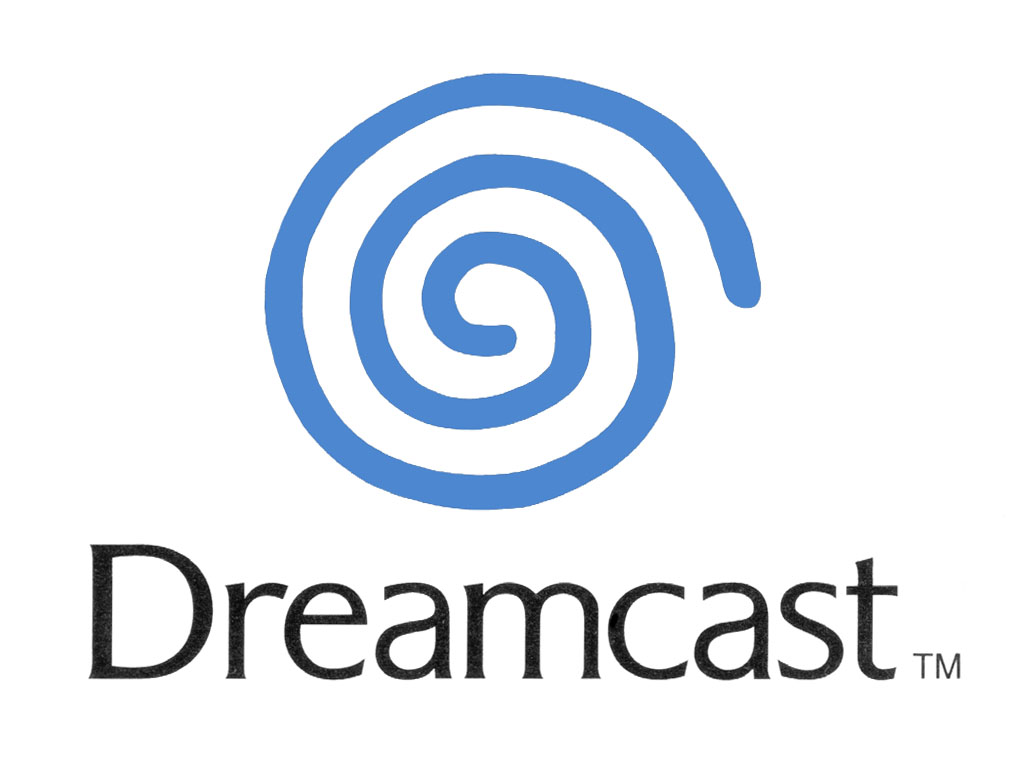This piece comes to us from Peter Moore, current president of EA Sports, but better known to hardcore gamers as the face behind the Dreamcast launch that had its ten-year anniversary yesterday. In this piece, Moore waxes poetic about the marketing behind the console’s launch and the unfortunate demise that would occur just 18 months later. Reprinted with permission of EA, originally on It’s In The Game.

EA Sports president and former president of Sega during the Dreamcast launch Peter Moore.
9.9.99: Ten Years Later
I trust my employers here at EA will allow me the indulgence of reminiscence and nostalgia on this day, 09/09/09, the 10th anniversary of the launch of the Dreamcast here in North America. It certainly doesn’t feel like a decade has gone by since this innovative console ushered in the era of online gaming, albeit through a 56K modem, and thus changed the face of interactive entertainment forever. The memories of course are bittersweet – we all know how this movie ended – but I was fortunate to have worked at that time with some of the most amazingly dedicated individuals, all of whom were galvanized around a single goal : prove the naysayers wrong, launch the console with a bang, get to a meaningful installed base within the first twelve months, and keep the momentum going in the face of the upcoming stiff competition.

With the Dreamcast’s online capabilities, we coined a phrase “We’re taking gamers where gaming is going”. In our heart of hearts, we worried that we would not be there for the entire journey, but it was with great pride that with our Sega Sports games in particular, that we ushered in the era of connected interactive entertainment. I don’t think it is an overstatement to say that the Dreamcast and it’s online network laid the ground for what we all take for granted today – online game play, linking innumerable gamers from around the world to play, compete and collaborate, as well as enabling new content to be delivered in addition to that which was delivered on the disc. As rudimentary as those first dial-up game play experiences were, we proved that it could be done, and that gamers were clamoring for competition that extended past whomever was sat next to you on the couch at the time.
Why EA Never Developed On Dreamcast
Over the years, I have been asked many times whether EA’s decision not to develop and publish games for the Dreamcast was a major contributing factor in its early demise. That we will never know. But it is hard to argue with EA’s rationale at the time and the ultimate outcome – get in position for the impending arrival of the Playstation 2, deploying all resources against the newest version of Sony’s already wildly successful video game platform. You can’t argue with the results. EA came out of the blocks strongly in support of the PS2, and enjoyed tremendous success throughout the key years of that console’s life cycle. If there was one irony to come out of this, it was necessity of investment in a sports label to bolster the Dreamcast lineup. Conventional wisdom in that period was that the first party should have a sports brand (Playstation had 989 Sports and Xbox would have XSN), and the Dreamcast was no exception. Thus was born Sega Sports 2K – named after the Y2K phenomenon that had us all paranoid that our computers were about to burst into flames on 01/01/00…
It’s Thinking: Marketing The Dreamcast
And what a launch line up we had. 18 titles was probably 3 or 4 too many, but we had all genres covered, featuring classics such as Soul Calibur, Sonic Adventure, NFL 2k and Ready 2 Rumble. All were brought to glorious 3-D life through the Power VR graphics chip. The “biggest 24 hours in retail entertainment history” occurred on 9/9/99, with day one sales totaling just under $98m.
To support this outstanding portfolio of games, and the need to explode out of the blocks at launch with the console, we knew we needed a disruptive, attention-grabbing campaign that would get gamers talking and drive anticipation. Thus was born the “It’s Thinking” campaign, where we urged you to “Not think out loud, it might hear you” informed you that “Outsmarting it will only make it smarter” and warned you that “You know it’s alive. Worse. It knows it’s alive.”
Quirky and slightly dark, the ads generated more PR than the media spend – always the metric of a successful campaign…The media plan came to a crescendo on launch night as we debuted “Apocalypse” during the MTV VMA’s, still ten years later one of the more dramatic and lavishly-produced video game commercials. My eternal thanks will go to the teams at Foote, Cone and Belding, our advertising agency at the time, and Access Communications, the PR agency who were in our corner for every round of this enthralling and exhilarating fight.
The Final Days
Allow me this forum to correct one misconception about the final days of the Dreamcast. As we emerged from the Christmas selling season of 2000 and collated the sales data in the following January, it was evident that we were falling short of the critical mass target we had set ourselves for continued investment (read: ongoing losses) in the hardware business. Sega of Japan had rightly set sales goals for the North American market for that critical period, and as strong as our numbers were, they fell short of where we needed to be to continue. The decision was made, from Japan, to pull the plug and begin the transition to becoming a multi-platform third party developer and publisher. We at SOA, while disappointed, were in full agreement that this was the only real course of action, and it was with a heavy heart that I hosted the conference call on January 31, 2001, announcing that Sega was ceasing manufacturing of the Dreamcast console. The call on the decision was made by SOJ. The conference call to announce the decision was conducted by SOA.
Many saw the Dreamcast as a spectacular failure, a last-gasp effort by a once-powerful player in the industry to remain relevant (and solvent). If measured by longevity and the ultimate financial outcome, they were right. But the Dreamcast had a profound and lasting impact on the world of video games. Isao Okawa, the Chairman of Sega Enterprises and the driving force behind the Dreamcast, tragically passed away two months after that fateful January conference call. He had a vision that a game console, combined with the power of the internet, could bring people together in ways that were previously unimaginable. He didn’t live to see that vision come to fruition, and his beloved Dreamcast couldn’t survive to play a role in the powerful world of connected gaming we all enjoy today, but it certainly lit the spark, and that we should never forget . . .
Thank you to EA and Peter Moore for allowing us to reprint this insightful look at the marketing and history of the Dreamcast. You can read Moore’s official blog It’s In The Game by clicking here.

